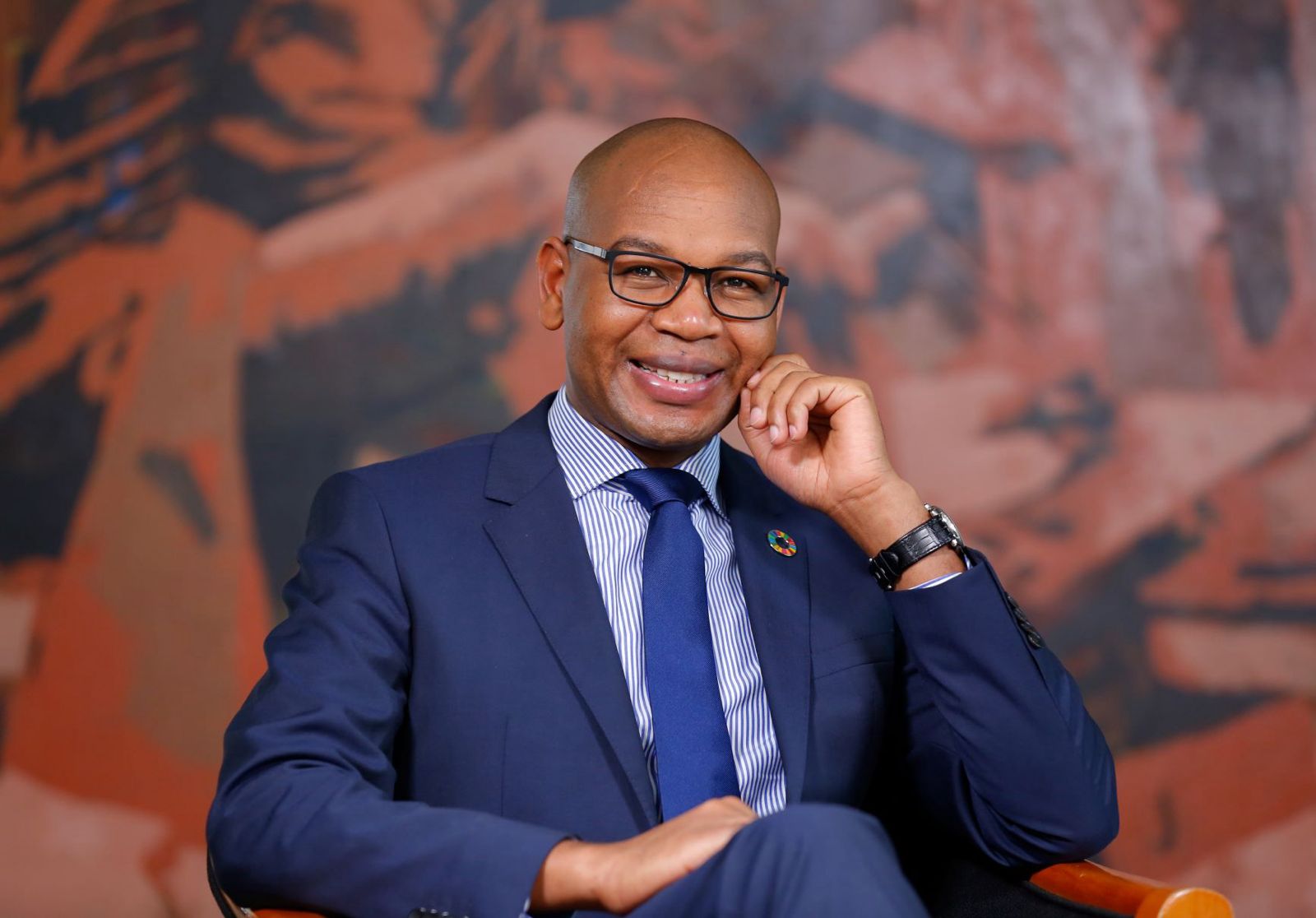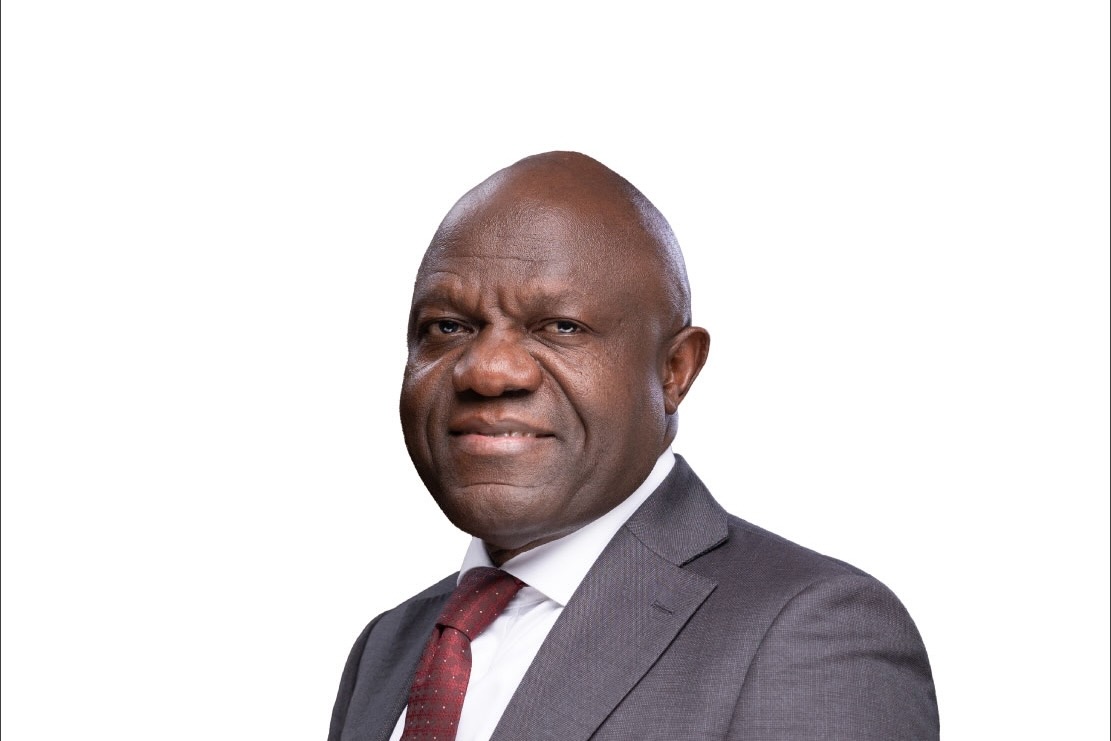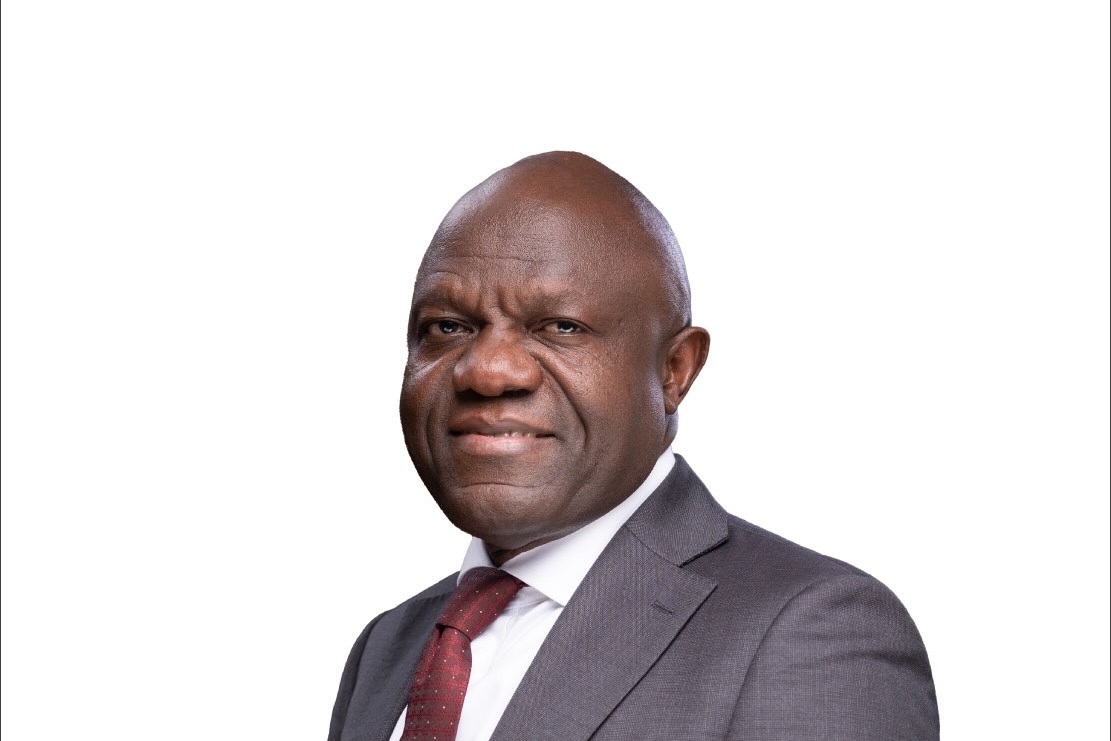The future of Africa’s energy sector: Balancing fossil fuels and renewables
- Africa will eventually rely primarily on renewable energy, as much of the rest of the world strives to — but on its own timetable.
- To achieve a carbon neutral future, African nations must have the underlying infrastructure and industry to make the dominance of renewables possible.
- But as things currently stand, most African states lack said infrastructure and industry.
There’s a promising future for African renewables as the continent strives to balance its current reliance on fossil fuels. That’s the prediction of the African Energy Chamber’s 2025 Outlook Report on the State of African Energy.
As I have said before, Africa will eventually rely primarily on renewable energy, as much of the rest of the world strives to — but on its own timetable, not that of Western countries who have benefited for centuries from the exploitation of fossil fuels.
To achieve a carbon neutral future, African nations must have the underlying infrastructure and industry to make the dominance of renewables possible. As things currently stand, most African states lack said infrastructure and industry, and the most feasible and expedient way for them to achieve both is through leveraging the abundant oil and gas resources so many of them possess.
Africa’s energy sector – our report finds:
- Fossil fuels account for 72 per cent of Africa’s power generation. South Africa and Egypt are Africa’s leading producers, and their dominance will continue into the next decade.
- Renewables account for over 27 per cent of Africa’s power generation and are projected to increase to 43 per cent by the end of this decade.
- Africa accounts for 3.3 per cent of the global power generation, with a total power generation of over 980 terawatt hours.
- 13 GW of utility-scale solar PV and wind projects are under construction – South Africa, Egypt, Morocco, Ethiopia and Algeria account for over 75 per cent of this capacity.
No Electricity at All
There are also significant challenges facing Africa’s energy sectors, as we cover in detail in our report. The most pressing of those challenges is the fact that many rural areas across Africa are underserved and lack the necessary power infrastructure to access any electricity at all. In fact, of the 685 million people worldwide living without access to electricity, 590 million (86 per cent) live in Africa.
Conversely, even in well-served areas electricity is not cheap and reliable, as population and urbanization growth have outpaced the growth of power infrastructure, placing additional strain on the existing power systems. Many African households still rely on alternative, less efficient energy sources such as biomass, kerosene, etc., for heating and cooking.
Read also: From fossil fuels to green futures: Oxford and EBC Financial Group on what’s holding us back
One practical solution to these challenges is Western investment
Western investment — providing both funds and technology — will help expand our existing infrastructure into underserved areas and harness our natural resources, and that will go a long way toward improving economic conditions across the continent. This will in turn improve energy affordability for many Africans as it becomes both more widely available and cheaper to access.
But where and in what should the West invest? That is up to them, but there are many development opportunities across the continent right now. I will cover just a few of the most promising, according to our outlook report.
What we found is that most North African countries see 90 per cent access rates for electricity and are looking to enhance their power sectors while reducing reliance on fossil fuels. The bulk of renewable power share increases by the end of the decade will almost certainly be seated in this region. In contrast, sub-Saharan countries will continue to fight low electricity access for some time.
They have been able to increase access to 55 per cent currently, up from 38.3 per cent in 2010. These countries will be ripe for investment, expanding the grid and production infrastructure to improve electrical access.
We also found that hydropower continues to dominate in East Africa, which has some of the largest dams in the world generating 19 per cent of Africa’s overall power generation and providing up to 90 per cent of the available power for countries such as Ethiopia and the Democratic Republic of Congo.
Africa’s largest hydroelectric project, the Grand Ethiopian Renaissance Dam (GERD) is nearing completion and is expected to generate 15,760 GWh annually once fully operational. The project is of such importance to the region that it has sparked diplomatic cooperation between the Nile-bound countries of Ethiopia, Egypt, and Sudan in an effort to ensure equitable sharing of the river’s precious waters.
Other currently ongoing projects such as Ethiopia’s Gibe III Dam (1870 MW), Zambia and Zimbabwe’s Kariba Dam (1830 MW) and Ghana’s Akosombo Dam (1020 MW) also speak to promising future growth and development opportunities for those willing to get their feet wet in the central and eastern parts of the continent along the Congo and Nile rivers, where nearly 90 per cent of the continent’s hydroelectric potential remains untapped.
Geothermal power in Africa is currently dominated by Kenya, which to date is the seventh largest producer of geothermal power. Kenya’s estimated geothermal power potential is roughly 10 GW, but current operation capacity only allows 1 GW to be harnessed.
International investment is what launched Kenya’s geothermal power in the first place, with the United Nation’s development program providing the requisite research and funds in 1972 to establish the country’s first geothermal plant by the 1980s. Since then, Kenya has expanded independently, creating the state-owned Geothermal Development Company (GDC) in 2008 to both speed up geothermal advancements and lower the initial investment risk for foreign investment.
Solar Power: A Light in the Dark
Solar power offers a veritable gold mine of opportunity given Africa’s high irradiance levels: nearly 80 per cent of the continent receives more than 2 MWh per square meter. This amounts to a solar PV potential of 1 million terawatt hours per year and a solar thermal potential of over 500,000 terawatt hours (for reference, a single terawatt hour is enough to light over one million homes for a year).
Yet to date, Africa only generates over 35 TWh and 3.3 TWh from solar PV and solar thermal, respectively. Over 13 GW of utility-scale solar PV and wind projects are currently under construction, with hundreds more GW of capacity in the concept phase.
I would like to reiterate: Africa will reach a point where we will rely primarily on low carbon and renewable energy. But we cannot get to that point without building the proper infrastructure, and we cannot fund the building of said infrastructure without leveraging our natural resources, oil and gas being chief among them. If the west wishes to speed along Africa’s progress on this front, the best way is to work with African as partners and investors working towards common goals.
Op-Ed By NJ Ayuk, Executive Chairman, African Energy Chamber.
STAY INFORMED
Unlock Business Wisdom – Join The Exchange Africa’s Newsletter for Expert African Business Insights!
Share this content:





Post Comment